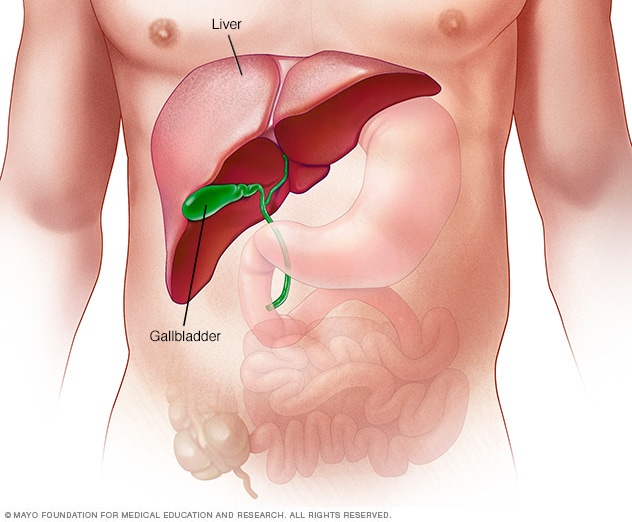What is Arthrogryposis?
Arthrogryposis is a congenital medical condition in which a child is born with contractures of the joints meaning that some of the joints of the child do not move as fluently as the other more normal joints as if they are stuck in a position. It is also seen in Arthrogryposis that muscles adjacent to the affected joints are quite weak and stiff and in some cases muscles may even be completely missing. There is presence of extra tissues around the joints which make them stuck in one position. These contractures are mostly seen in the arms or the legs but can also be observed in the spine or the jaw. Arthrogryposis is not a single entity but is a feature of many different conditions of which the most common is known as amyoplasia. Children suffering from Arthrogryposis may also suffer from other health conditions impairing the nervous system, heart, kidneys and other vital organs of the body.
What Causes Arthrogryposis?
Arthrogryposis is caused by a condition called as fetal akinesia which means that when the baby is inside the womb of the mother it is not able to move inside as much as it should resulting in underdevelopment of the muscles and joints resulting in Arthrogryposis. When it comes to Fetal Akinesia, this may occur due to the following reasons:
- Some abnormality in the central nervous system of the child in which the nerve signals do not reach the joints making them move adequately.
- Another cause may be the womb is not big enough and the baby is cramped up for room and is not able to move adequately inside the womb of the mother.
- There is an abnormality in the development of the muscles and bones of the tissue.
What are the Symptoms of Arthrogryposis?
Arthrogryposis as stated is a medical condition in which the child is born with joints that are too stiff too move and are stuck in one position. Some of the other accompanying symptoms are:
- Muscle atrophy or missing muscles
- Extremely stiff joints
- Webbing of skin around the affected joints.
Since Arthrogryposis is not a single medical condition hence the child may also have symptoms indicating a problem with the nervous system, heart, kidneys or other vital organs of the body.
How is Arthrogryposis Treated?
The main aim for treating Arthrogryposis is to allow the child to move the affected joints as normally as possible, which means initiating treatments to increase the flexibility of the joint, improving strength of the muscles surrounding the joint, and maintaining a normal alignment of the bones. If the condition has affected the lower extremities then the aim of the treatment is to make the child ambulatory and if the upper extremities are affected then making sure that the child is able to use the hands in as normal way as possible. The following are the treatment strategies adopted for treatment of Arthrogryposis.
Physical/Occupational Therapy for Arthrogryposis: This is the first line of treatment of Arthrogryposis. As soon as the diagnosis of Arthrogryposis is made, the therapy is started to improve the flexibility of the joints affected and to increase strength of the joints. In the initial stage of treatment, the therapist will start with stretching exercises to improve the range of motion and strength of the joint of the child so as to improve their mobility. The therapist will also work on improving the child’s motor skills. In some cases assistive devices may also be needed to help the child become mobile and is able to do things without anybody’s help. Occupational therapists will device strategies to make the child more independent with their movement, writing, eating and the like.
Splinting and Casting: This is the next stage of treatment for Arthrogryposis in which the affected joint is either casted or splinted so that the joints are aligned in a normal way which will help the child move and navigate better and will be able to be independent. The casts and splints allow the joints to remain stretched and thus help prevent development of contractures. The splints that are used may be different for different functions.
It should be noted here that as the child grows the affected joints may not show the same rate of growth as the other muscles and joints of the body and hence ongoing therapy is extremely vital to keep the joints and muscle flexible and strong.
Surgery to Treat Arthrogryposis: This is recommended when the child has maximized improvement with physical therapy and use of splints and casts. The surgery is usually done when the child is a bit older to correct Arthrogryposis. The surgeries performed to correct the condition include osteotomy to align the joints normally for maximal benefits, procedures to release the muscles or tendons which are impairing free movement of the joints, a capsulotomy procedure in case a capsule is restricting the movement, surgeries to treat conditions like scoliosis, clubfoot and the like for treatment of Arthrogryposis.















